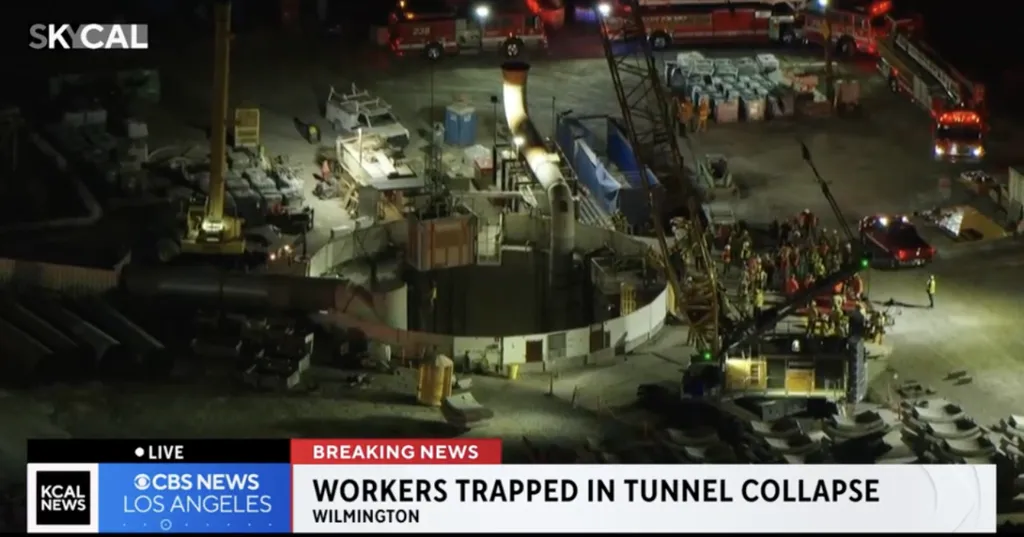In the high-stakes world of tunnel construction, understanding the intricate dance between soil and structure can mean the difference between a project’s success and catastrophic failure. A groundbreaking study led by WANG Shuying from the School of Civil Engineering at Central South University in Changsha, China, is shedding new light on the dynamics of tunnel face collapse, offering promising insights for the energy sector and beyond.
The research, published in *Yantu gongcheng xuebao* (translated as *Chinese Journal of Geotechnical Engineering*), employs the three-dimensional material point method (MPM) to investigate the large deformation behaviors of tunnel face collapse in auxiliary air pressure balanced shields. This method, validated through experimental tests, provides a robust framework for analyzing the failure mechanisms of tunnel faces.
“By capturing the entire dynamic process of tunnel face collapse, we can better predict post-failure behaviors and develop more effective disaster prevention and treatment measures,” WANG Shuying explained. The study’s findings are particularly relevant for the energy sector, where tunnel construction is often a critical component of infrastructure projects.
The research delves into the dynamic characteristics of tunnel face collapse, ground deformation response, and the evolution of soil arches under various conditions, including burial depths, support air pressures, and cutter head types. The results are compelling: the support of air pressure and cutter head significantly reduces the development rate and final mass of tunnel face collapse, while deeper burial depths exhibit a faster early collapse rate.
One of the most intriguing findings is the emergence of soil arches with ground deformation induced by tunnel face collapse. “The collapse of the ground surface grows rapidly when the soil arch reaches the ground surface and vanishes,” WANG noted. This understanding is crucial for predicting ground settlement and ensuring the stability of surrounding structures.
The implications for the energy sector are substantial. As tunnel construction continues to play a vital role in the development of energy infrastructure, the ability to predict and prevent tunnel face collapse can lead to significant cost savings and enhanced safety. The insights provided by this research can guide engineers in optimizing support systems and selecting appropriate cutter head types, ultimately improving the efficiency and reliability of tunnel construction projects.
Moreover, the study’s application of the MPM method offers a powerful tool for future research and practical applications. By effectively capturing the dynamic process of tunnel face collapse, this method can be instrumental in developing innovative solutions for similar projects worldwide.
As the energy sector continues to evolve, the need for advanced tunneling techniques and technologies becomes increasingly apparent. This research not only advances our understanding of tunnel face collapse but also paves the way for safer, more efficient tunnel construction practices. In the words of WANG Shuying, “This study provides valuable insights for preventing tunnel face collapse and predicting post-failure behaviors, ultimately contributing to the safety and success of tunnel construction projects.”

